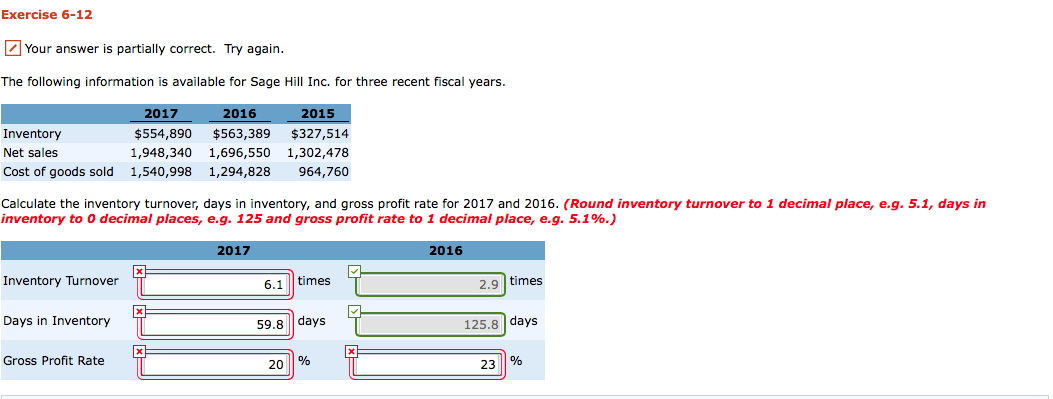

It costs money to store inventory that’s not selling, so inventory turnover is a strong indicator of how effective sales efforts are, but crucial to helping manage operating costs. In the ideal business environment, inventory matches sales. Your inventory turnover ratio also shows whether your sales and purchasing departments are working in sync. A low inventory turnover ratio means weaker sales and declining product demand. The higher your inventory turnover, the better, because that means your company is selling goods quickly and there is product demand. Inventory turnover gives insight into how the company manages costs and how effective their sales efforts have been. Inventory turnover refers to the number of times an organization sells and replenishes their amount of inventory over a period of time. For Instance, the cloth a manufacturer uses to make clothing is considered inventory for the manufacturer. However, inventory may also include dry materials that go into the production of the finished goods, known as work-in-progress. Inventory generally includes finished goods, such as clothing in a department store. Inventory is the account of all goods the company has in stock whether it is raw materials, work in progress materials for finished goods to be sold. The inventory turnover ratio serve as an important measure of how well a company is generating sales from inventory. Managing inventory levels is crucial for a company to determine whether their sales efforts are effective and whether costs are under control.

INVENTORY TURNOVER HOW TO
Inventory Turnover Ratio And How To Calculate It


 0 kommentar(er)
0 kommentar(er)
